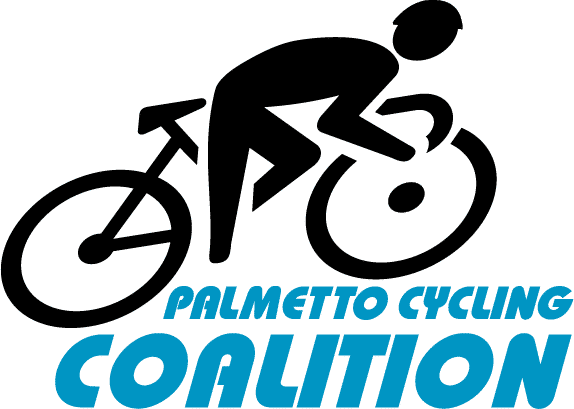2023: Hands Free!
January 18, 2023//Comments Off on 2023: Hands Free!
Contact your state Senator and Representative today (through email or a phone call), and URGE THEM TO SUPPORT THE BILL BY CO-SPONSORING IT.
Both S.157 (Sen. Young); H.3394 (Rep. Taylor), are bills that would require motorists not hold a cell phone while operating a motor vehicle, in most cases. This bill has broad support from state and local organizations and agencies.
Find your state legislators here.
It's time to enable safer streets, by removing our ability to handle a phone while our car is in motion among other humans in traffic. There are so many reasons why; let's start with these:
- Universal hand-held calling bans were associated with 10% lower non–alcohol-related driver fatalities overall and up to 13% lower fatalities across all age groups and sexes, amongst 190,544 drivers from 2000 - 2014, comparing crashes before and after bans. When comparing state-quarter-years with bans to those without, universal texting bans were not associated with lower fatalities overall or for any demographic group. (Rudisill, 2018).
- In South Carolina, 5 years of crash data (2017 – 2021) showed that on average, Distracted/Inattention, On Cell Phone, or Texting, was involved in 27% of collisions. (SCDPS, 2022, on request from Senate)
- In Georgia in 2019, 56% of all motor vehicle traffic crashes had at least one confirmed or suspected distracted driver. 4% of all drivers involved in motor vehicle traffic crashes were a confirmed distracted driver, and 52% were a suspected distracted driver in 2019. (GOHS, 2021)
- In an on-road study, drivers who reported frequent cellphone use drove faster, changed lanes more often and made more hard braking maneuvers than drivers who said they rarely used cellphones while driving (Zhao et al., 2013).
- The evidence is clear when it comes to texting or manipulating a cellphone. Three analyses of data from a naturalistic study of over 3,000 drivers indicated that crash risk was 2-6 times greater when drivers were manipulating a cellphone compared with when they were not distracted (Dingus et al., 2016; Kidd & McCartt, 2015; Owens et al., 2018)
- Statistics based on police-reported crash data almost certainly underestimate the role of distraction in fatal crashes. Police crash reports aren't a reliable way to count cellphone-related collisions because drivers often don't volunteer that they were on the phone and there is usually a lack of other evidence to determine drivers' phone use (IIHS, 2022).
- A study showed that states that enacted primary cell phone bans experienced a significant reduction in the number of fatalities. Primary texting bans also affected fatalities, but that effect was significantly smaller than that estimated for handheld cell phone bans. This was an important and contradicting result, given most of the legislative activity in 2012 focused on text messaging behind the wheel. The study observed that all states benefited from the ban in terms of fatality reduction; however, some were highly affected (such as CA and DC) and some affected in small scale (such as UT and WA). (Rocco & Sampaio, 2016).
Posted in Advocacy, Uncategorized
